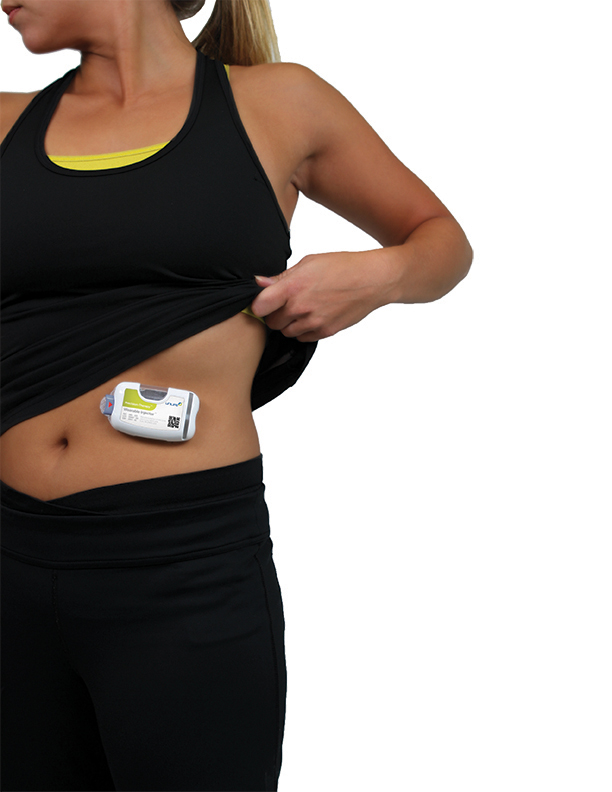Wearable Injectors: A Small Device That Can Make a Big Difference for IV Infusion
By: Alan Shortall, Chairman and CEO of Unilife.
As part of a campaign to draw attention to the rising costs of healthcare in the U.S., the New York Times published an article last week on how “Even Small Medical Advances Can Mean Big Jumps in Bills”. In addition to profiling advanced medical technologies such as insulin pumps for the treatment of diabetes, the article gave an example of how a single three-hour IV infusion of an auto-immune drug in a clinic generated a bill of $133,000. While most of this cost was borne by the insurance company, the patient described being so outraged by the total cost that they asked their physician to switch them to a different brand of therapy that could be self-injected.
While the cost to administer a single dose of drug via IV infusion in a hospital or specialty care clinic is more commonly around $1,000 to $10,000, it is still estimated that a healthcare plan can save between 30% and 70% if the same therapy was administered by a specialist in an alternative setting such as a patient’s home. In addition to reducing healthcare costs, the convenient administration of an IV infusion drug in the home environment can also improve patient quality of life.
With infused therapies accounting for $35 billion of the specialty drug market, this shift from administration in hospitals or clinics to administration in the home is set to generate billions of dollars in annual savings to the U.S. healthcare system.
However, in many ways, this shift from infusion in a clinic to infusion in the home represents only a small fraction of what could be achieved if a greater proportion of specialty drugs are converted from IV administration to an intuitive, subcutaneous, self-injection by the patient. More than 50% of specialty drug expenditures in the U.S. occur within only five therapeutic categories (oncology, hemophilia, auto-immune, multiple sclerosis and IVIG) where IV infusion is common and subcutaneous injection is becoming more desirable.
Today, there are more than 1,500 infusion pharmacy centers across the U.S. serving patients requiring IV administration of drugs in the home environment. The industry for home infusion care is estimated to generate $9 billion to $11 billion a year. Cost components for the home infusion market include the drug, bulky infusion equipment such as pumps, and a trained nurse or educator. Infusion pumps typically cost thousands of dollars to purchase, and according to government reports can cost patients between $30 and $75 per day to rent. Even compared to a hospital or clinic, these additional costs to patients and payors to have a drug administered via IV infusion in the home environment can be significant.
Much of these add-on costs for infusion equipment and labor could be eliminated if specialty drugs were supplied in a compact, disposable format ready for subcutaneous injection by patients. Savings within the healthcare system could also be generated by eliminating rates of therapy non-adherence caused by patients missing prescribed doses due to factors such as high treatment costs or the lifestyle inconvenience and discomfort often associated with IV infusion.
Until now, one of the major barriers to converting specialty therapies from IV infusion to subcutaneous injection was the lack of a disposable device technology suitable for delivering doses greater than 1mL and delivery rates longer than 20 seconds.
In response to this unmet need in the market, Unilife has developed a platform technology for the wearable injector market (also known as bolus injectors or patch pumps) for the subcutaneous injection of biologics and other drugs requiring large dose volumes or extended delivery periods. Unlike insulin pumps, wearable injectors are single-use systems that are comfortably worn on the body while the drug is subcutaneously administered over a pre-programmed period spanning seconds or hours. Upon full injection of the dose, they are removed from the body and conveniently disposed.

For more information, visit www.unilife.com.
Total Page Views: 6631


















